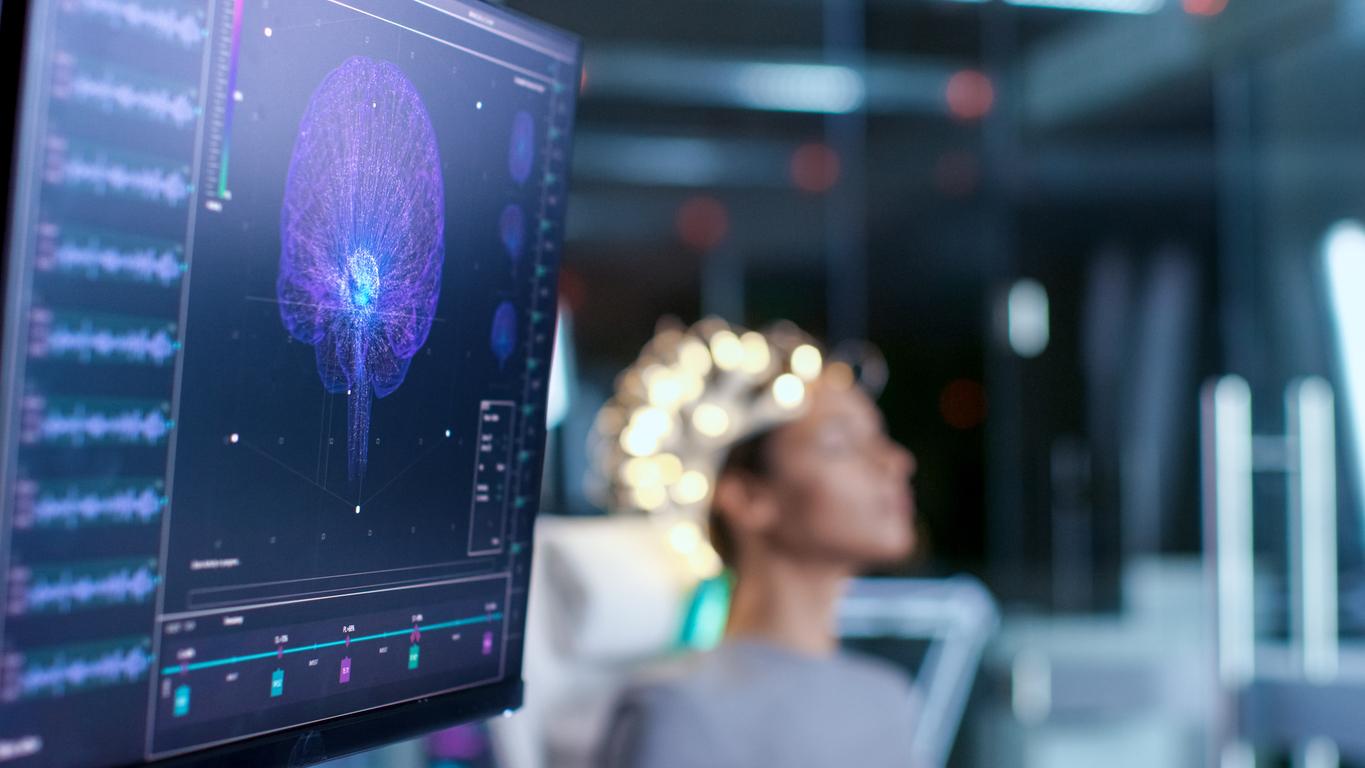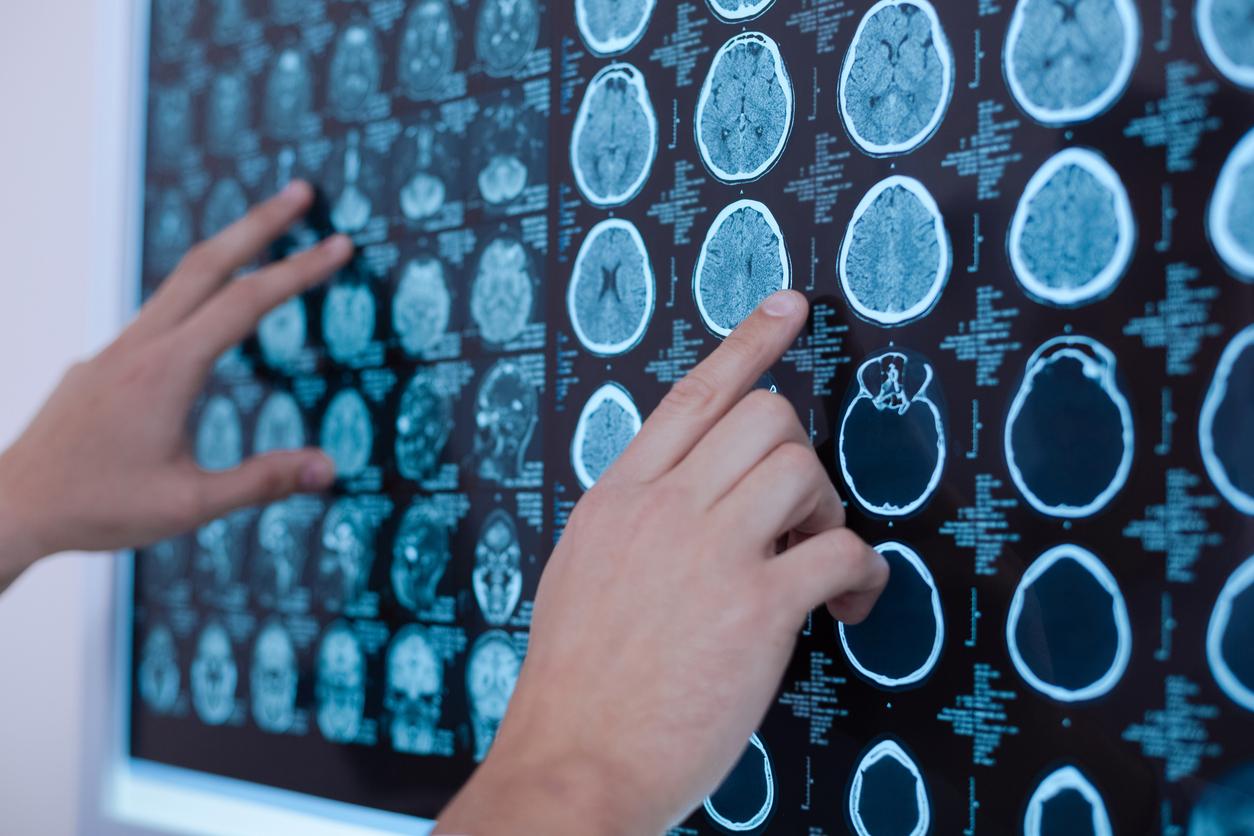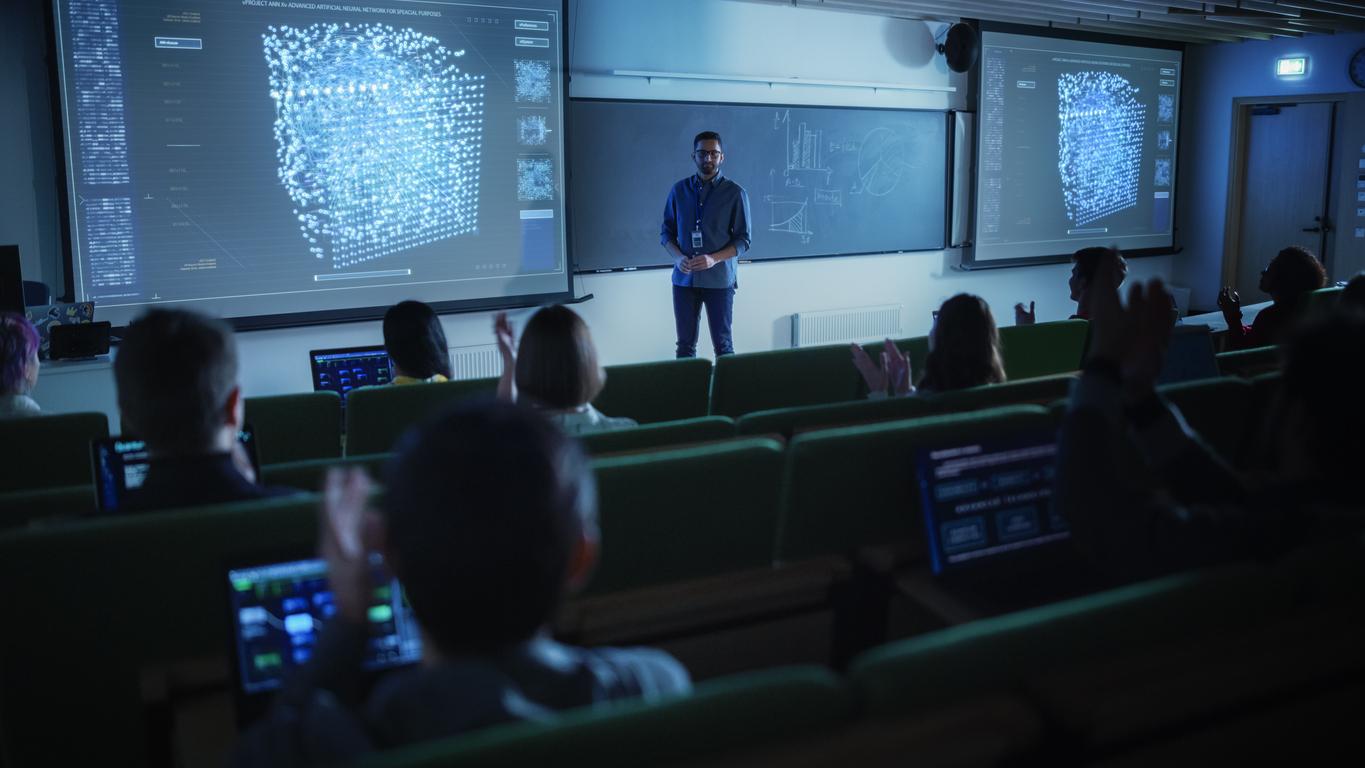By following volunteers learning Japanese for the first time, researchers have shown that this learning strongly stimulates brain activity, but that this decreases as language skills improve.

- The researchers were able to measure changes in the brain activity of volunteers during the first months of studying a new language.
- 4 areas of the brain are involved in language learning, including the hippocampus, which manages memory.
- After several weeks of follow-up, the researchers observed a decrease in cerebral activation in these 4 areas, which until now had been highly mobilized. According to them, this is the sign of successful learning of a new language.
Learning a new language makes our brains work! This is shown by a new study conducted by neuroscientists at the University of Tokyo, and published in Frontiers of Behavioral Neuroscience. By following young people learning Japanese, they found that it was possible, during the first months of their learning, to “quantitatively measure improvement in language skills by tracking brain activations”explains Professor Kuniyoshi L. Sakai, who led the work.
4 brain areas involved in language learning
The researchers followed 15 Western volunteers in their twenties, recently settled in Tokyo and taking introductory Japanese lessons for at least three hours a day.
After eight weeks of classes, and again six to fourteen weeks later, subjects took multiple-choice reading and listening tests. They also had a magnetic resonance imaging (MRI) scan so the researchers could measure local blood flow around their brain regions, which is an indicator of neural activity.
The researchers’ objective: to observe cerebral activity in the four regions of the brain specialized in language. The grammatical center and area of comprehension are in the left frontal lobe, areas of auditory processing and vocabulary in the temporoparietal lobe, memory areas are in the hippocampus, and vision areas of the brain in the occipital lobes.
During initial reading and listening tests, these four areas of the volunteers’ brains showed a significant increase in blood flow, revealing that the volunteers were thinking hard to recognize the characters and sounds of the unfamiliar language. The volunteers obtained an accuracy rate of approximately 45% in the reading tests and 75% in the listening tests.
An evolution of brain activation pattern
During listening tests, the researchers distinguished a specific pattern of activation in two sub-regions of the hippocampus: the anterior hippocampus which participates in the encoding of new memories and the posterior hippocampus which provides recall. stored information.
On the second test, several weeks later, the volunteers’ reading test scores improved to an average of 55%. Their accuracy on listening tests was unchanged, but they were quicker to choose an answer, meaning they understood Japanese better.
The researchers did, however, find decreased brain activation in the grammatical center and comprehension area during listening tests, as well as in the visual areas of the occipital lobes during reading tests.
This decrease in brain activation is normal “after successfully learning a language because it does not require so much energy to be understood”emphasizes Professor Sakai.
In contrast, in the second listening test, a slightly increased activation of the auditory processing area was seen in the temporal lobes of the volunteers, likely due to an improvement in the “voice of the mind” during hearing. listen.
According to the study authors, this pattern of brain activation – a dramatic initial increase during the learning phase and a decline as the new language is acquired and consolidated – could become a biometric tool to assess the educational programs for language learners. It could also benefit people who lose their language skills after a stroke or accident.
“In the future, we will be able to measure brain activations to objectively compare different language learning methods and select a more effective technique”says Dr. Sakai.
.
















